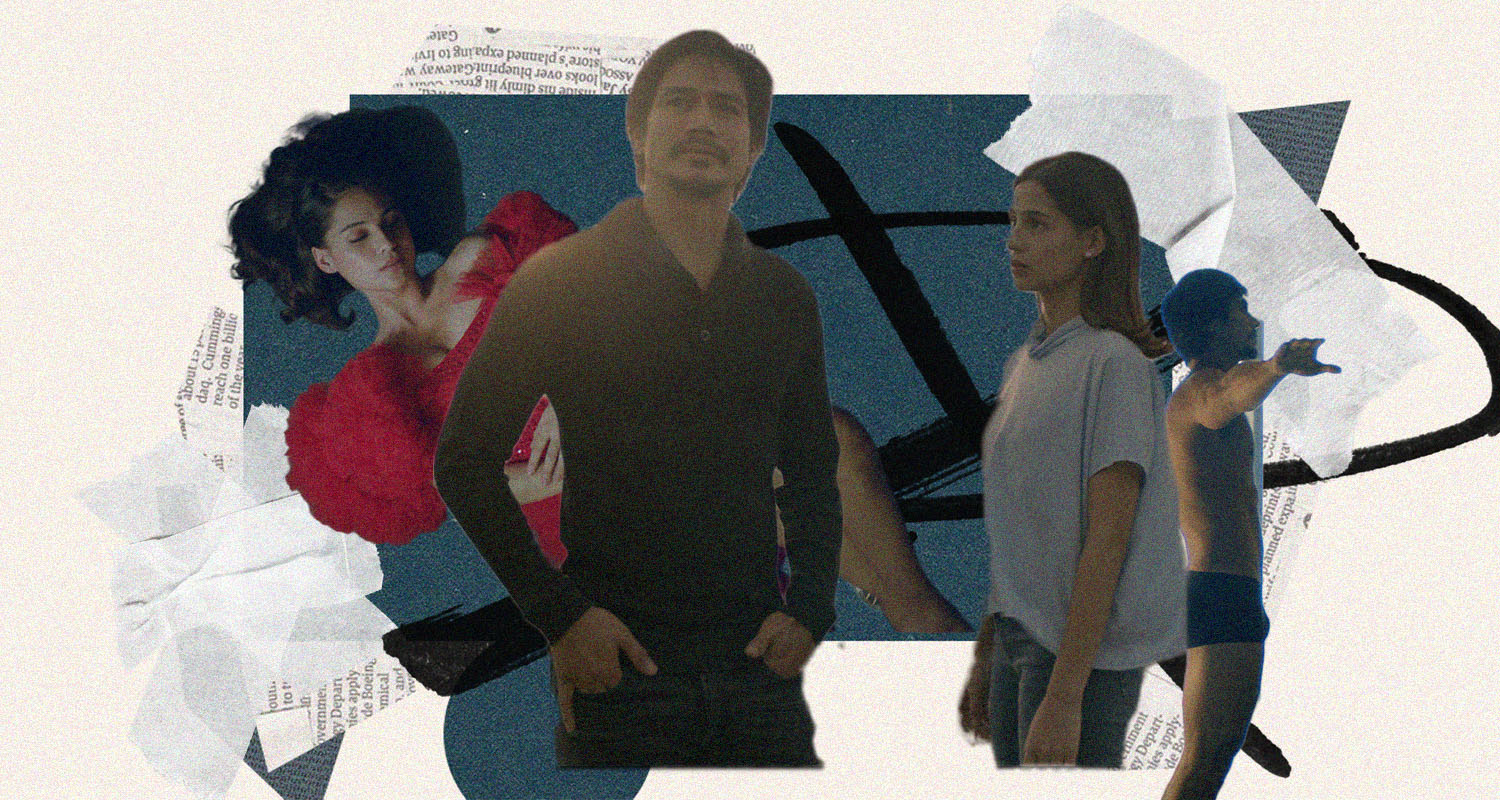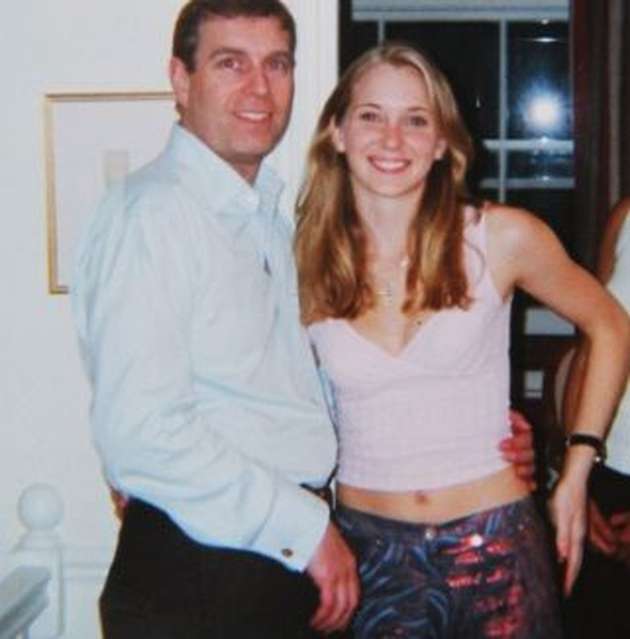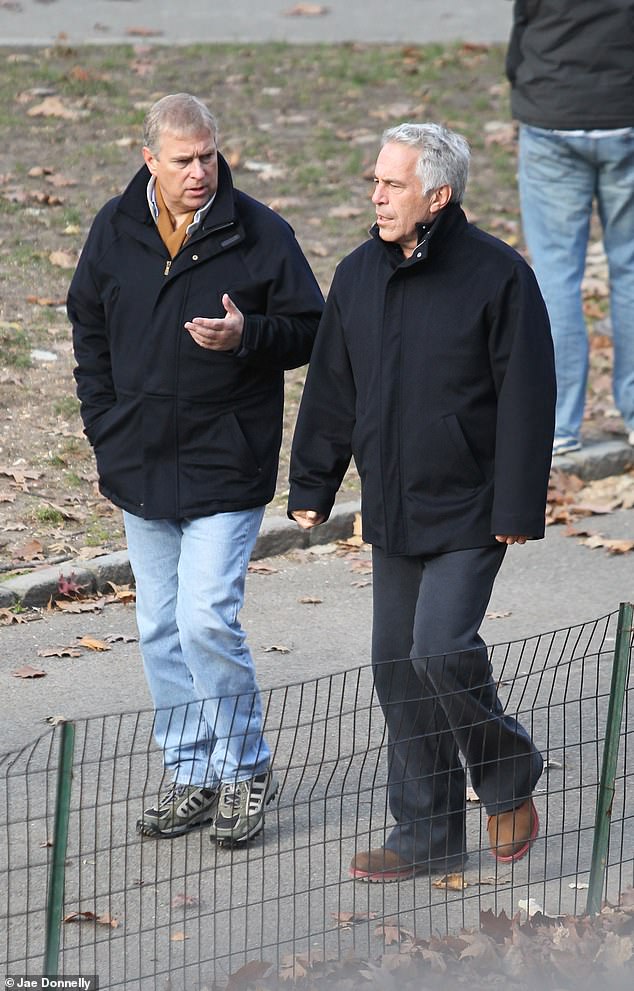From Real Life To Fiction: The Men Who Inspired The Great Gatsby's Characters

Table of Contents
Jay Gatsby: A Composite of Several Real-Life Figures
Jay Gatsby, the enigmatic millionaire at the heart of Fitzgerald's novel, is far from a singular creation. His persona is a captivating blend of several real-life inspirations, each contributing to the multifaceted nature of this iconic character.
The Influence of Fitzgerald's Own Life
Fitzgerald's own tumultuous life heavily informed Gatsby's character. The author's struggles with wealth, social climbing, and the devastating loss of love are mirrored in Gatsby's relentless pursuit of Daisy Buchanan.
- Fitzgerald's relationship with Zelda Sayre: His passionate, yet ultimately frustrating, courtship of Zelda provided the emotional core of Gatsby's longing and unwavering devotion. The societal barriers Fitzgerald faced in his pursuit of Zelda parallel Gatsby's struggles to win Daisy's affection.
- Fitzgerald's fascination with wealth and the elite: His own experiences navigating the opulent world of the wealthy and powerful shaped Gatsby's extravagant lifestyle and yearning for acceptance within the upper echelons of society.
The Extravagant Lifestyle of Real-Life Millionaires
Gatsby's lavish parties and opulent lifestyle weren't born from thin air. Fitzgerald drew inspiration from the actual extravagant lifestyles of wealthy men during the Jazz Age.
- The lifestyles of industrialists and entrepreneurs: Figures like the Vanderbilts and other prominent families provided a blueprint for Gatsby's wealth and the extravagant displays of his fortune. The sheer scale of their parties and the opulence of their estates served as models for the fictional world of West Egg.
- The excess of the Roaring Twenties: The unrestrained hedonism and lavish spending of the era, a period characterized by significant economic prosperity following World War I, fueled the creation of Gatsby's extravagant persona.
The Mysterious Element of Real-Life Bootleggers
Gatsby's wealth, shrouded in mystery, is undeniably linked to the illegal activities of the era. Real-life bootleggers, who profited immensely from the Prohibition era, contributed significantly to Gatsby’s ambiguous past.
- The influence of figures like Arnold Rothstein: Known for his involvement in organized crime and his extravagant lifestyle, Rothstein’s influence on the character's shadowy past is undeniable. The enigmatic nature of Rothstein's wealth mirrors the uncertainty surrounding Gatsby’s origins.
- The pervasive nature of bootlegging in the 1920s: The widespread illegal liquor trade during Prohibition provided a realistic backdrop for Gatsby’s unexplained riches and the undercurrent of danger surrounding his activities.
Tom Buchanan: The Entitled Aristocrat
Tom Buchanan, Gatsby's antagonist, embodies the arrogant and entitled nature of the "old money" elite. His character is a representation of a specific societal archetype prevalent during the 1920s.
The Prototypical "Old Money" Elite
Tom represents the established wealthy class, characterized by their ingrained sense of superiority and disregard for social norms.
- Examples from Fitzgerald's social circle: Fitzgerald’s observations of the wealthy elite, with their casual disregard for others, shaped Tom's character. Their blatant disregard for the consequences of their actions mirrors Tom's behavior.
- The societal norms of the era: The prevailing social hierarchy and the entrenched power of the wealthy elite contributed to Tom's sense of entitlement and his belief in his own invincibility.
The Influence of Fitzgerald's Acquaintances
Specific individuals in Fitzgerald's social circle likely contributed to the nuances of Tom's personality.
- Men who exemplified arrogance and infidelity: Fitzgerald's exposure to men who displayed similar characteristics provided a template for Tom's character, reflecting the darker sides of the upper class.
- The casual cruelty of the wealthy: Observations of the callous disregard for others shown by some members of the wealthy class found its way into Tom's interactions and relationships.
Daisy Buchanan: The Enigmatic Socialite
Daisy Buchanan, the object of Gatsby's affections, is a complex character influenced by both real-life figures and the idealized image of the 1920s flapper.
Zelda Fitzgerald's Impact on Daisy
Zelda Sayre Fitzgerald, Fitzgerald's wife, served as a significant inspiration for Daisy's personality and behaviors.
- Zelda's captivating allure and social charm: Zelda's personality, with its mixture of charm and capriciousness, found its way into Daisy's character.
- Zelda's struggles with the constraints of society: Zelda’s own frustrations with societal expectations mirrored Daisy's conflicted nature and her inability to escape the confines of her social standing.
The Idealized Image of the Flapper
Daisy embodies the idealized image of the 1920s flapper girl, a symbol of female liberation and modernity.
- The rebellious spirit and independent attitude of flappers: This aspect of flapper culture is reflected in Daisy's initial rejection of societal norms and her defiance of traditional expectations.
- The complexities beneath the carefree exterior: The flapper image, often presented as carefree and frivolous, masks a deeper complexity reflected in Daisy’s indecisiveness and emotional instability.
From Reality to the Page: Understanding The Great Gatsby's Enduring Legacy
The connections between real-life figures and The Great Gatsby's characters are undeniable. Fitzgerald masterfully wove his own experiences, observations of the wealthy elite, and the prevalent social dynamics of the Jazz Age into a timeless narrative. The enduring appeal of The Great Gatsby lies partly in its reflection of real-life complexities and the timeless human struggles with love, loss, and the elusive American Dream. The novel’s continued relevance is a testament to the power of Fitzgerald's insightful portrayal of these characters and their intertwined destinies.
Dive deeper into the fascinating world of The Great Gatsby's characters and discover more about the historical context that shaped this timeless novel. Explore further connections between the fictional world and the real individuals that inspired them!

Featured Posts
-
 A Former Singapore Airlines Stewardesss Life After The Skies Latest Updates
May 12, 2025
A Former Singapore Airlines Stewardesss Life After The Skies Latest Updates
May 12, 2025 -
 Nba Playoffs 2024 Imerologio Agonon Kai Analysi Zeygarion
May 12, 2025
Nba Playoffs 2024 Imerologio Agonon Kai Analysi Zeygarion
May 12, 2025 -
 Virginia Giuffre Detaljene I Skandalen Rundt Prins Andrew
May 12, 2025
Virginia Giuffre Detaljene I Skandalen Rundt Prins Andrew
May 12, 2025 -
 Car Crash Leaves Prince Andrew Accuser Fighting For Life
May 12, 2025
Car Crash Leaves Prince Andrew Accuser Fighting For Life
May 12, 2025 -
 The Next Chapter A Former Sia Air Stewardess Shares Her Journey
May 12, 2025
The Next Chapter A Former Sia Air Stewardess Shares Her Journey
May 12, 2025
